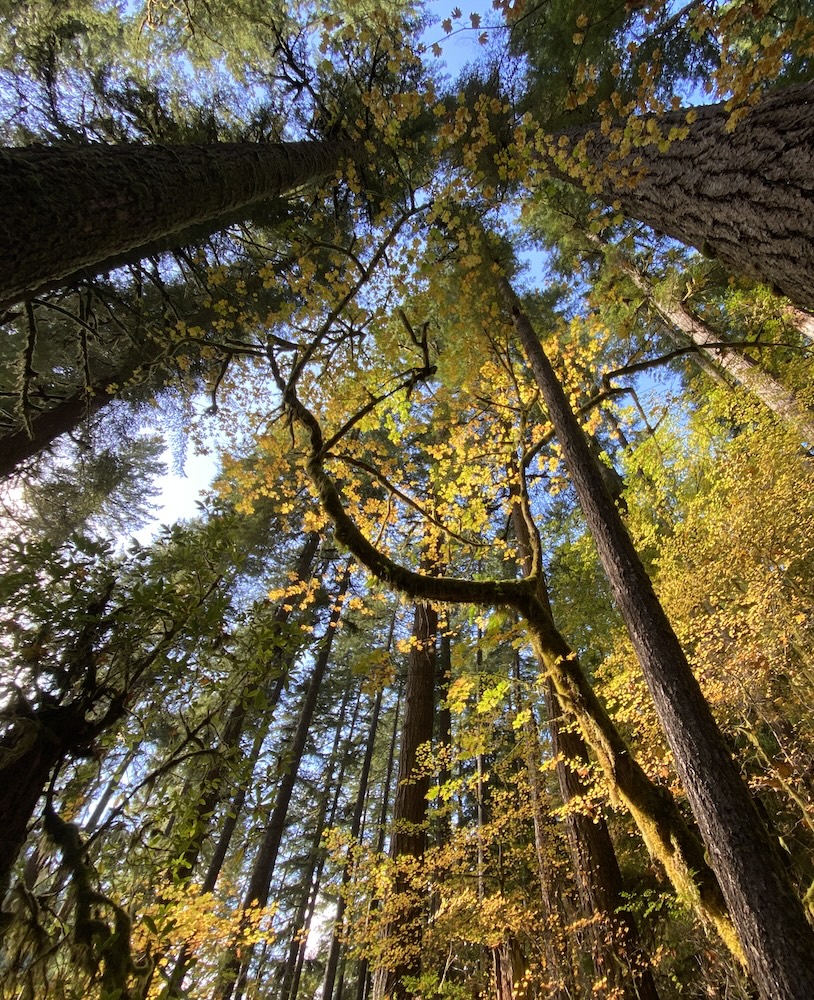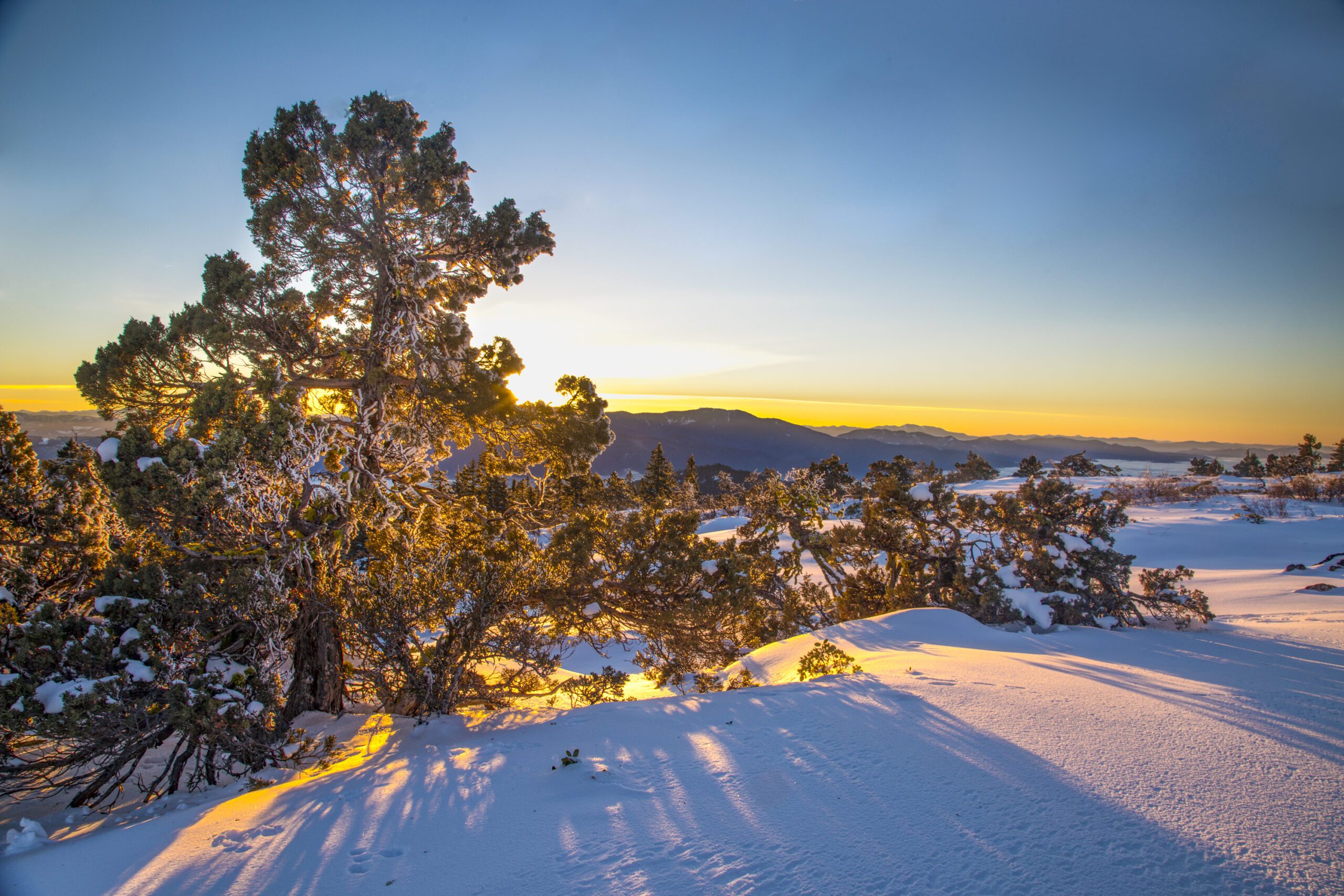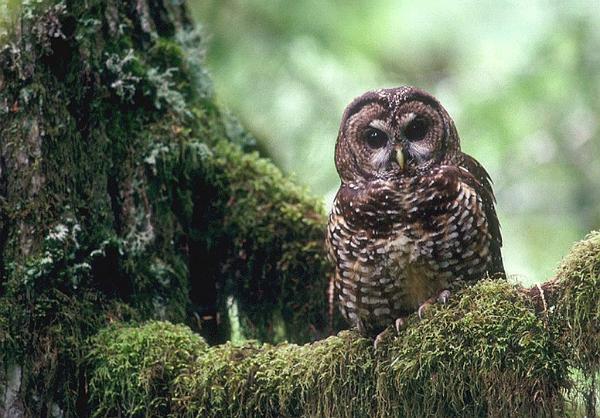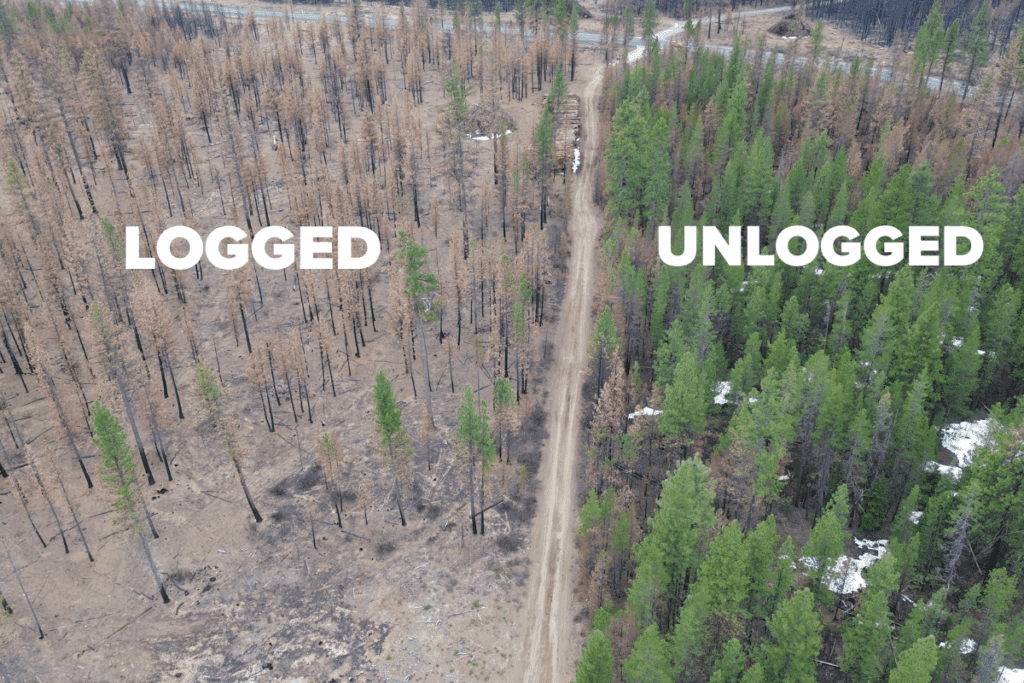Over the last several years, the logging industry has launched numerous legal attacks on the Cascade-Siskiyou National Monument, a natural treasure managed by the US Bureau of Land Management (BLM) in southern Oregon.
The Monument sits at the junction of three distinct bioregions and is one of the most biologically diverse areas on the planet. The monument provides habitat for dozens of imperiled species of rare plants and animals. Despite its spectacular ecological value, logging companies and some county politicians have long argued it should be managed exclusively for logging because it includes so-called “O&C lands.”
Logging Industry Takes Challenge to the Supreme Court, Gets Denied
The logging industry found a sympathetic judge on the East Coast who was endorsing their extreme “timber dominant” interpretation of the 1937 O&C Act, but then they suffered a string of defeats at the appeal courts (thanks in part to strong opposition from conservation groups like Oregon Wild, and from the Biden administration). The timber industry took their well-funded argument all the way to the Supreme Court where, on Monday, their petition for review was ultimately denied, leaving the appeal court rulings as the law of the land.
This is an enormous victory for old-growth forests, wildlife habitat, and clean drinking water. The courts have definitively affirmed the authority of the BLM to establish protected areas on O&C lands and to manage for values other than industrial logging.
BLM Continues Logging Mature and Old-Growth Forests
Unfortunately, the BLM often shows little interest in using its authority for conservation. Oregon Wild and our allies regularly challenge aggressive mature and old-growth logging sales planned in areas set aside for water and wildlife.
A new national BLM Conservation Rule being developed by the Biden Administration presents an opportunity to change this! Including O&C lands in the BLM Conservation Rule, and establishing strong standards to protect mature and old-growth forests from logging, would be a giant step forward for protecting wildlife habitat, clean drinking water, and our climate. It would also help ensure special places beyond the Cascade Siskiyou National Monument remain wild and beautiful for generations to come.






